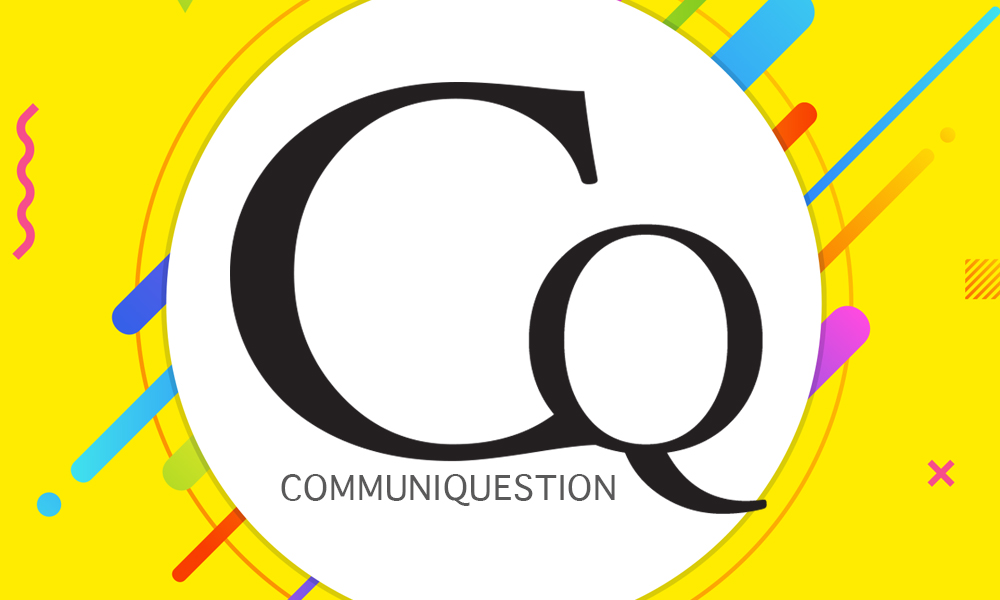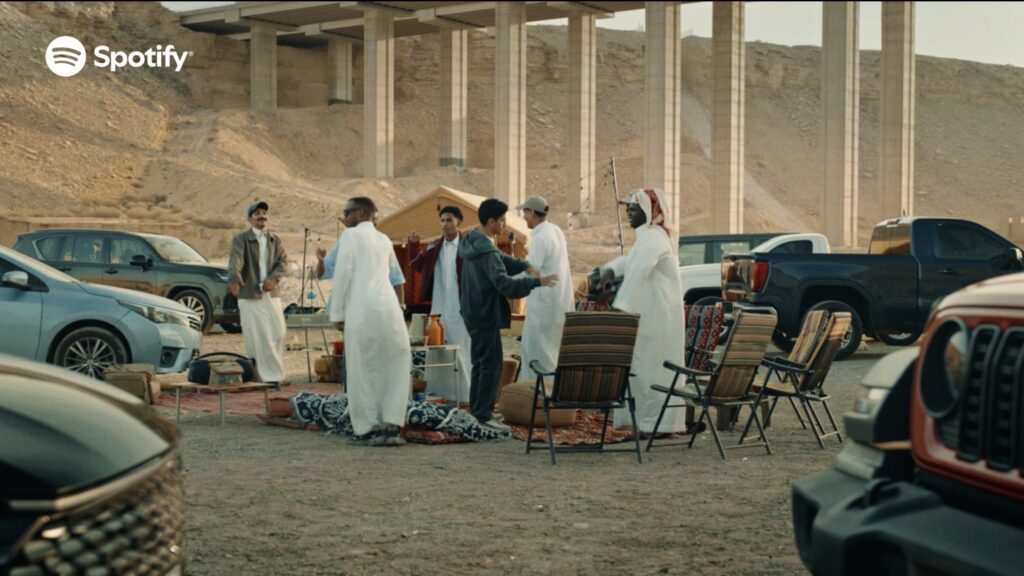Sreekandeth Shyam
Brand Marketing & Communications Consultant
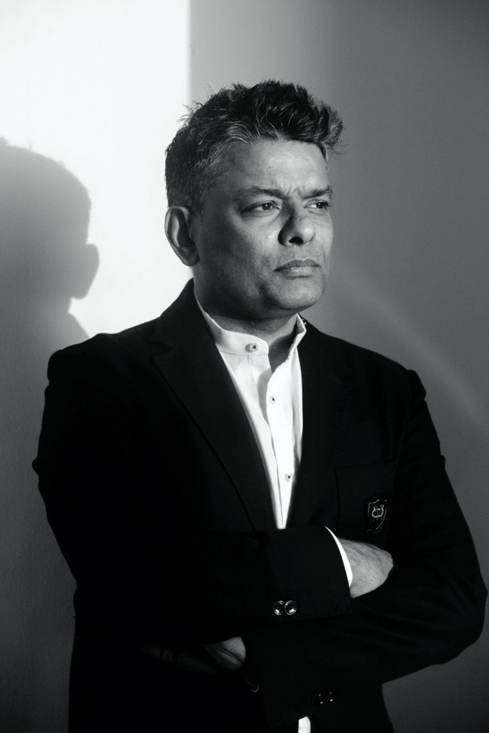
Always! Now, more than ever, in the complex and fragmented marketing ecosystem we operate in, no business can achieve their purpose or goals on their own. Across sectors, functions, and regions, we have witnessed some amazing success stories of collaboration and partnership. I’m a firm believer and a practitioner of this, having struck some winning partnerships throughout my journey. The key to success is to find a like-minded partner, sharing similar values and ambition, and truly working together to achieving common goals.
Sabrina De Palma
Executive Director at the Middle East PR Association
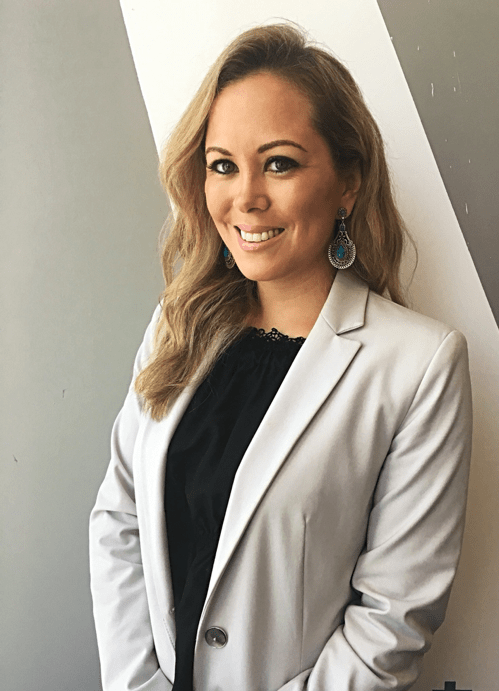
Design is a great form of non-verbal communication. One image can speak to universal multicultural audiences, and in a world where attention spans are short and time-constrained, visual communication is an opportunity for brands to engage audiences quickly and effectively. Communicators can use design to convey complex ideas, thoughts, and feelings into a simple visual which connects with their audience as much as, if not more than words can. We need to work with designers to ensure the design elements of a story are communicating and connecting to audiences in the way the brand or organization is intended to.
Alejandro Fisher
Regional Head of Strategy at OMD MENA
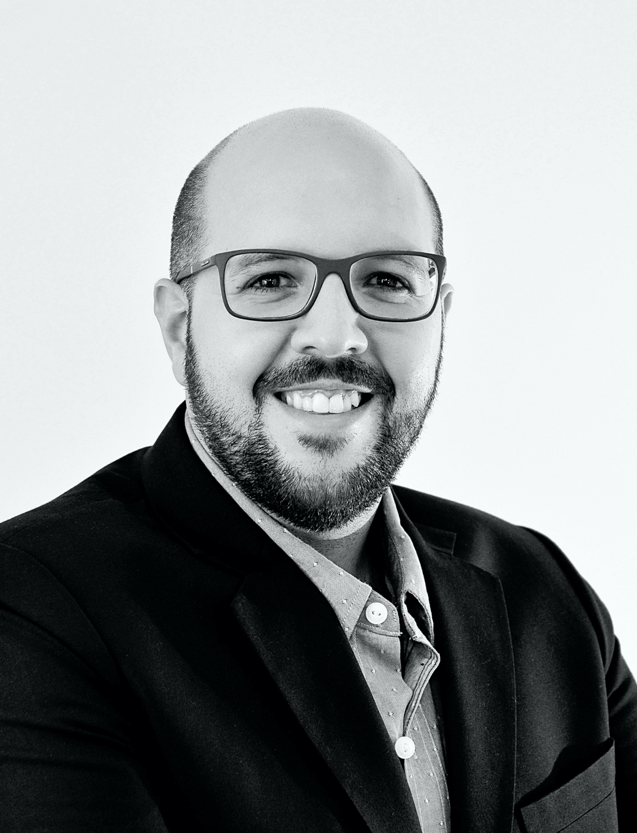
When great design is achieved, it’s rarely intuitive and not based on craft alone. It involves a deep understanding of a consumer’s unmet needs and a culture that allows for rapid prototyping. Empathy and analytical thinking cannot be owned by a single discipline or department. The more open we are to allow cross-functional teams to feed into the design process, the more we will be able to question, course correct and find new ways of solving a problem. Ultimately, when it comes to design, our commitment should be towards the end-user, applying a collective effort to make sure they are at the heart of the solution. That is how we deliver better business outcomes.
Elias Jabbe
CaliCreativityCourse.co Founder, Communications Consultant at 213 Communications
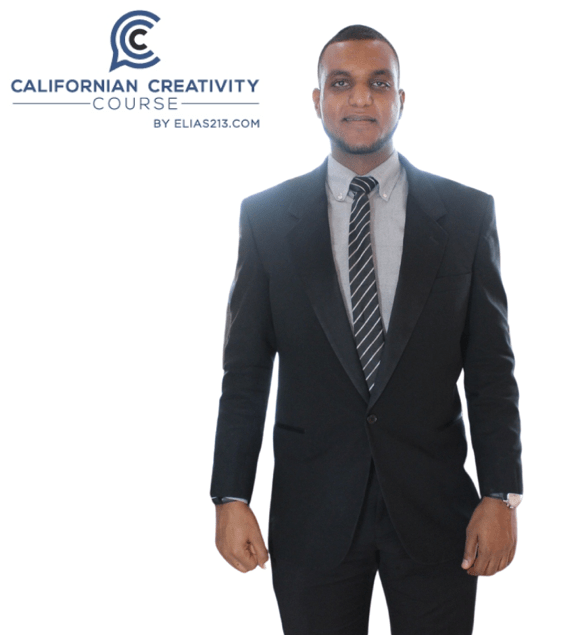
After participating in a transformational weeklong training program at the 2016 MIT Media Lab in Dubai, where I was taught by leaders from the IDEO Cambridge office (Ashley Shaffer and Nick DuPey), I have a strong appreciation for the IDEO perspective. My experiences in the tech and marketing industries — from collaborations with product designers in the tech start-up community at home in California to partnering with designers in marketing communications agencies’ in Dubai — have confirmed my belief that a collaborative approach works best.
Whether during the process of co-designing decks for new business pitches, out-of-home advertising, or cross-platform social media content, my favorite agency memories have involved processes where designers and client-facing team members brainstormed in order to determine the best creative direction. At the same time, working closely with superb designers in Dubai (notably, Mohammad Al Bardan) allowed me to have another opinion on my copywriting, that led me to refining it to complement designs.
The bottom line is, those who don’t have design backgrounds can constantly educate themselves by analyzing impactful advertisements, studying how designers operate (including topics like DesignOps and Design Thinking), and experimenting with free design online platforms like Canva.
Colman Sheil
Chief Creative Officer at Liquid
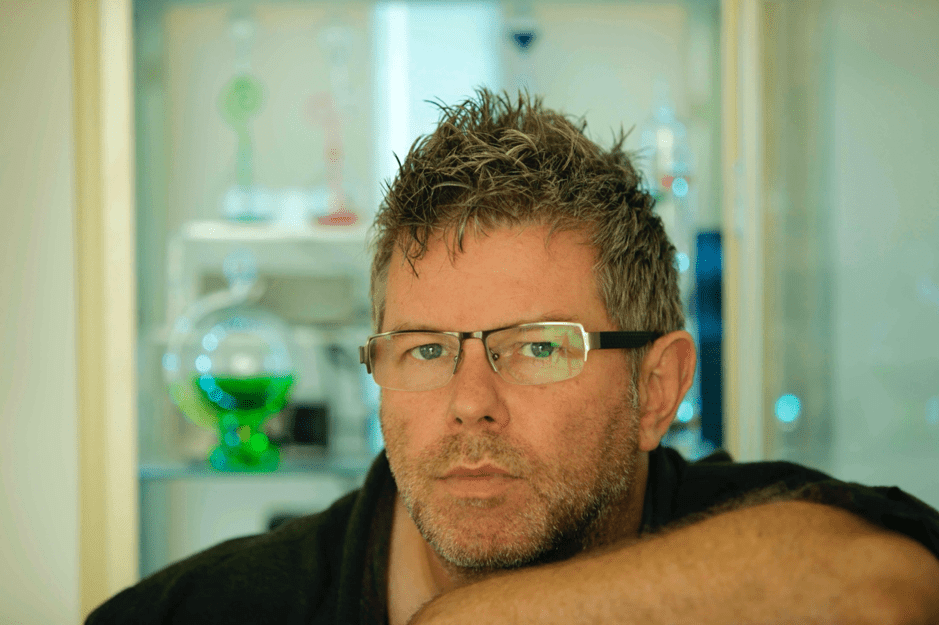
True, but…
Out of context, this comment may sound ridiculous, but Tim Brown is advocating a more holistic approach to design, where the wider team think and contribute as designers.
Some viewed design thinking as an expansive repackaging of the phrase “Think outside the box,” but Tim and his crew at IDEO fashioned Steve Job’s first ever computer mouse out of a roll-on deodorant stick and a butter dish, so who are we to argue?
Regardless of how wide you cast your net, you need to distill a great brief and inspire the people who know how to weave their magic on it – such as an awesome design team.
Julián Hernández
Executive Creative Director at Geometry MENA
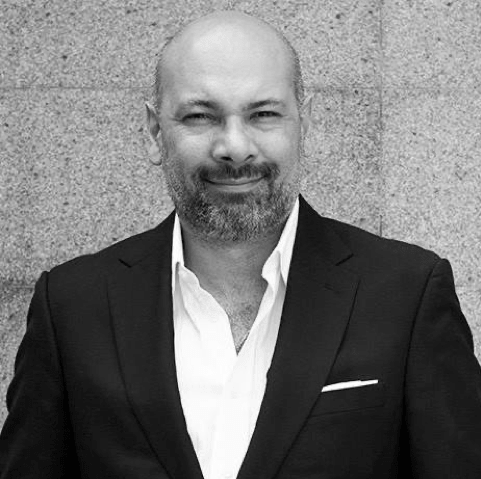
I’d rather say design is too important to be left only to designers. Innovations come from many different fields and ways of thinking. Keeping design only for designers would mean to negate any other forms of knowledge that can contribute to improving modern life. Some of the best design work in the world right now comes from artists, creative engineers, scientists, and the consumer. Nowadays, we have more and better data to inform our decisions, enough education to pick our inspirations, and experience to give us an acute intuition to identify greatness. And access to all of the above is not restricted to designers only. It’s available to anyone with a genuine interest in solving human problems. Design is for the people.
Stephanie Terroir,
Head of Twitter NEXT, MENA
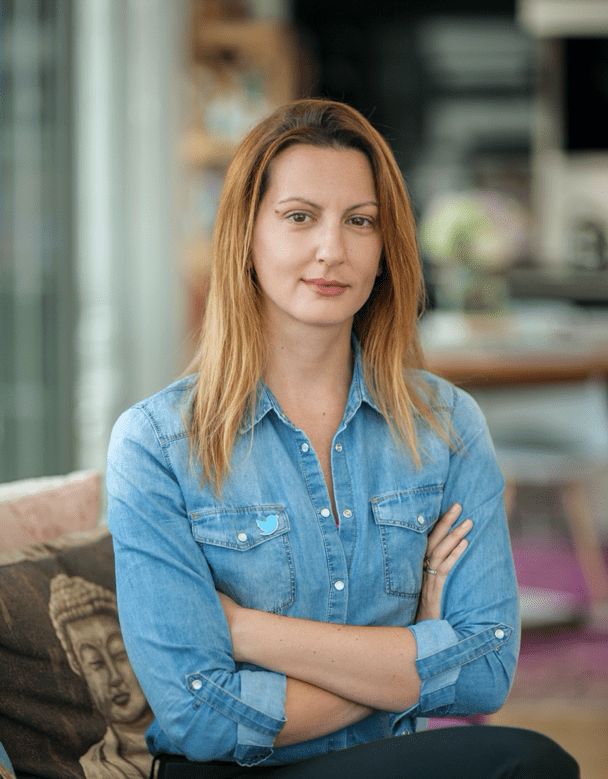
True! I come from a user experience, graphic/industrial design, and information architecture background, where ‘the architect is not the engineer and the engineer is not the architect’ mindset ruled for a very long time. In reality, while each of them has their specific knowledge, expertise, and strengths, they must rely on each other every step of the way throughout the design process – this applies to almost all design disciplines and is true today more than ever.
Ultimately, design needs to serve the audience. It’s intended for joining aesthetic and function. Bringing collaboration, diversity of skills and thinking processes to the table allows for agile iterations, as it reframes the problem that’s being solved and improves the original design. This keeps the needs and behaviors of the customer at the heart of the process, lending to a human-centric approach.
Darien Harris
Founding Partner of JansenHarris
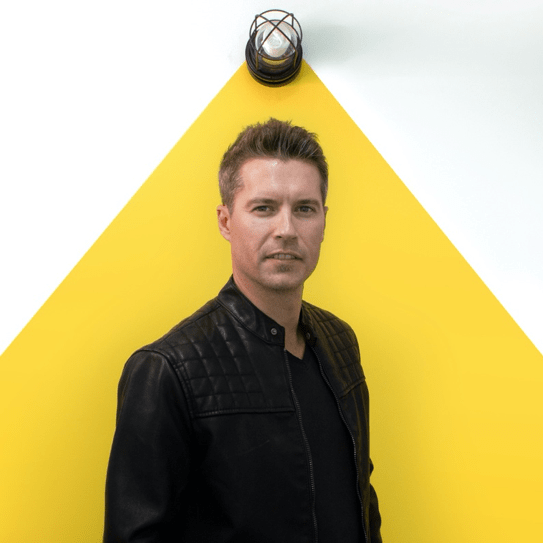
Design starts with defining the problem and then exploring ways to solve it within the constraints of the brief and resources. Which, essentially, is strategic. With any problem and subsequent solutions, the more minds you apply to it, the better chances you have to innovate. In addition to this, the more diverse the perspectives (in terms of role and personal background, culture), the more novel solutions you generate. We adopt a design thinking approach that bring our clients and diverse team together to focus on the human problem we’re trying to solve. Fast. In some cases, we involve those who we are designing for to test and iterate the possible solutions.

